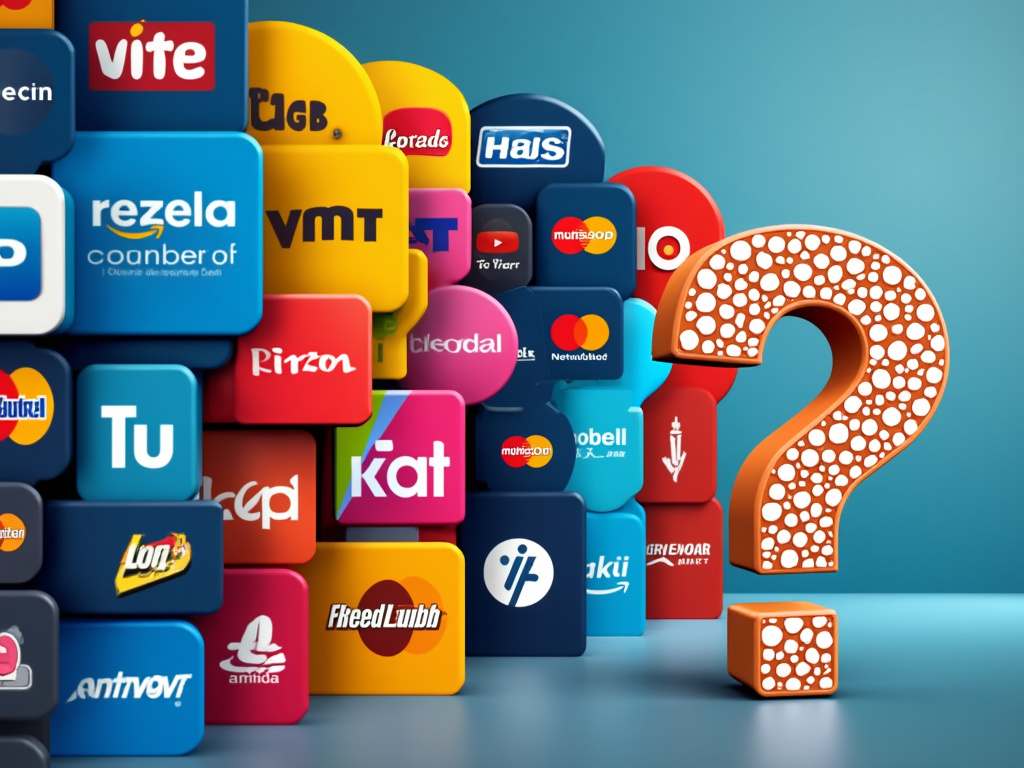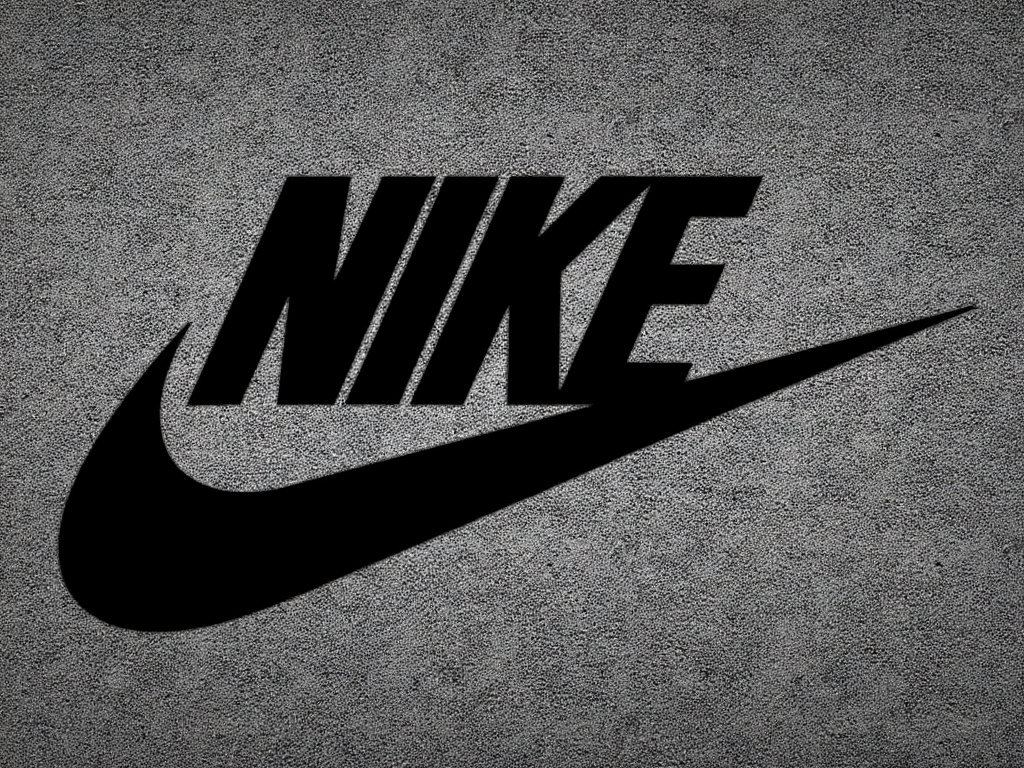In today’s world, logos are everywhere. They’re on products, billboards, websites, and even clothing. A great logo doesn’t just represent a company—it becomes a symbol people can recognize instantly. Over time, some logos have grown so powerful that they have become cultural icons, representing more than just the businesses they belong to. In this article, we’ll explore the most recognized brand logos in the world and why they hold such a special place in people’s minds.
What Makes a Logo Iconic?
An iconic logo is much more than a simple design. It carries deep meaning, evokes emotions, and is instantly recognizable. These logos often share a few key qualities:
- Simplicity: The best logos are clean and easy to understand at a glance.
- Memorability: They stick in your mind, even if you only see them for a second.
- Timelessness: Iconic logos can last for decades without looking outdated.
- Versatility: They look good in all kinds of settings, whether they’re on a tiny business card or a giant billboard.
- Connection to the Brand: A great logo perfectly reflects the company’s personality and values.
With these qualities in mind, let’s take a closer look at some of the most famous logos in the world.

1. Apple: The Bite of Genius
The Apple logo is one of the most recognized symbols in the world. It features a simple apple with a bite taken out of it. This design has remained mostly unchanged since its creation in 1977, proving its timelessness. The logo represents innovation, simplicity, and elegance—values that align perfectly with Apple’s products.
Apple’s logo is also memorable because of its clean, minimalistic design. It’s easy to spot on devices like iPhones and MacBooks, and its simplicity makes it versatile for use in any size or format.
2. Nike: Just Do It with a Swoosh

The Nike swoosh is another cultural icon. Designed in 1971, the swoosh represents motion and speed, which connects directly to Nike’s focus on sports and performance. Despite its simplicity, the logo has a powerful presence and can instantly remind people of Nike’s famous slogan, “Just Do It.”
Nike’s logo is successful because it inspires feelings of motivation and energy. It’s also incredibly adaptable, appearing on shoes, clothing, and advertising campaigns all over the world.
3. McDonald’s: The Golden Arches
When you think of fast food, McDonald’s is probably the first name that comes to mind. Its logo, the Golden Arches, is one of the most recognized symbols globally. The bright yellow “M” is not only simple and bold but also evokes feelings of happiness and familiarity.
The Golden Arches are often associated with comfort food, making the logo emotionally powerful. Combined with McDonald’s consistent branding and widespread presence, this logo has become a cultural icon.
4. Coca-Cola: Timeless Script
The Coca-Cola logo, with its classic red-and-white color scheme and flowing script font, has remained largely the same since its creation in 1887. This consistency has helped make it one of the most enduring logos in history.
Coca-Cola’s logo is also associated with joy and celebration, thanks to its connection with festive marketing campaigns and global events. From Santa Claus to the Olympics, Coca-Cola has tied its logo to moments of happiness, making it unforgettable.
5. Google: A Rainbow of Simplicity
Google’s logo is seen by billions of people every day. Its bright, colorful design is simple yet eye-catching. The use of primary colors (blue, red, yellow) and a touch of green creates a friendly and approachable feel.
Google updates its logo with fun variations, called “Google Doodles,” for special occasions. This keeps the logo fresh and engaging while still being recognizable. It’s a perfect example of how a logo can evolve without losing its core identity.
6. Adidas: The Three Stripes
The Adidas logo, with its three parallel stripes, is a symbol of quality and athletic performance. Over the years, the logo has evolved, but the three stripes have always remained the central feature. This consistency has helped Adidas build a strong brand identity.
The logo is simple but highly effective, making it easy to spot on shoes, apparel, and sports gear. It represents endurance, reliability, and style, which resonate with athletes and casual consumers alike.
7. Starbucks: The Siren That Calls You
Starbucks, the global coffeehouse chain, features a unique logo with a green mermaid-like figure called a siren. The logo symbolizes mystery, quality, and connection.
While Starbucks has simplified its logo over time, removing the company name from the design, the siren remains iconic. This decision shows how a strong symbol can stand on its own without needing words.
8. Mercedes-Benz: Luxury in a Star
The Mercedes-Benz logo—a three-pointed star inside a circle—is synonymous with luxury and quality. The three points represent the company’s ambition to dominate land, sea, and air.
This sleek and elegant design perfectly captures the brand’s essence. It’s a mark of prestige and engineering excellence, making it one of the most recognizable car logos worldwide.
9. Facebook/Meta: A Social Connection
The simple “f” in a blue square has become a universal symbol for social media. As Facebook transitioned to Meta, it introduced a new logo featuring an infinity loop, which represents the company’s focus on the future and the metaverse.
Even with the change, the Facebook logo remains a key part of online culture. It’s a symbol of connectivity and communication for billions of users around the world.
10. Pepsi: The Globe of Fun

The Pepsi logo, with its red, white, and blue globe, is a bright and lively symbol. Over the years, the design has evolved, but it has always kept its circular shape and iconic color scheme.
The Pepsi logo represents energy, youth, and fun, making it appealing to a broad audience. Its playful design ensures it stands out in the competitive beverage industry.
Why Do These Logos Matter?
Logos aren’t just designs; they’re powerful tools for communication. A logo can convey a brand’s story, values, and mission in a single image. Over time, people start to associate logos with certain feelings or memories, which strengthens their emotional connection to the brand.
These iconic logos have succeeded because they are:
- Simple: Easy to recognize at a glance.
- Timeless: Relevant for decades or even centuries.
- Meaningful: Connected to the brand’s purpose.
- Global: Understood across different cultures and languages.
You May Also Like: What Is the Most Downloaded App in the World?
The most recognized logos in the world aren’t just famous because they belong to big companies—they’re famous because they represent ideas, emotions, and experiences that resonate with people. From the sleek Apple logo to the cheerful Golden Arches of McDonald’s, these designs have become a part of global culture.
As new brands emerge, they can learn from these icons. A great logo isn’t just about looking good—it’s about creating a lasting connection with people. When done right, a logo can become much more than a symbol; it can become a cultural icon.

Leave a Reply
You must be logged in to post a comment.